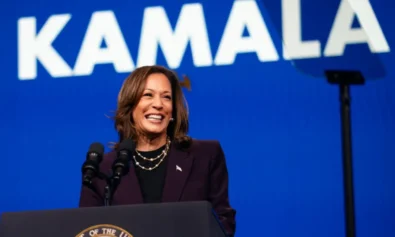
Najma Nazy’at, director of the Boston-area Youth Organization Project, told the Boston Herald, “It’s an unintentional consequence of bad policies.”
“I believe that how it happens here is through pushing out young people who they just assume are going to create the most problems,” Nazy’at told the Herald.
The over-representation of African-American boys in special education classes has long been a widespread national problem, often related to a greater willingness on the part of the nation’s overwhelmingly white, female teaching staff to peg behavior problems in Black males as some sort of disability.
In the “Opportunity and Equity” report, released by Boston Public Schools, the Annenberg Institute for School Reform and the Center for Collaborative Education, it was revealed that nearly 40 percent of Black boys with disabilities at the elementary level in Boston are being taught outside of the main classrooms.
According to the report, Black male students have the highest rates of identification with special needs at all three grade levels. More than 25 percent are identified as special education students. In the elementary grades, nearly 40 percent of Black male students with special needs are in separate classrooms.
“Black and Latino male students are also disproportionately enrolled in substantially separate special education placements, despite the fact that all students with special needs have the right to be placed in the least-restrictive educational environments,” the report says.
Black male students are enrolled in separate special education settings at twice the rate of white male students.
After the release of the report, the Herald said the NAACP’s Boston chapter requested a meeting with Mayor Martin J. Walsh and school officials to discuss the findings.
“It does concern us that so many of our kids are identified as special needs when we know there is no difference between a child of color and a white child if they’re afforded the same opportunities,” NAACP Boston President Michael Curry told the Herald.
Research that shows special education students left in general education settings perform better on reading and math tests, make better grades, are more engaged academically and have “ultimately, better opportunities in adult life.”
The report recommends that the district “review special education identification and placement policies and procedures with an eye toward correcting gender and racial/ethnic biases.”
Interim school Superintendent John McDonough acknowledged that the process needed to be re-examined, according to the Herald.
“It is not our belief that students of color have more disabilities than students who are not of color,” he said. “We now have a challenge to look deeper than the finding and ask those questions about both practice as well as causality.”
In July, the Herald reported that Boston was also dumping non-English speaking immigrant students into special education classes. The U.S. Department of Justice has been monitoring the district since 2010.


